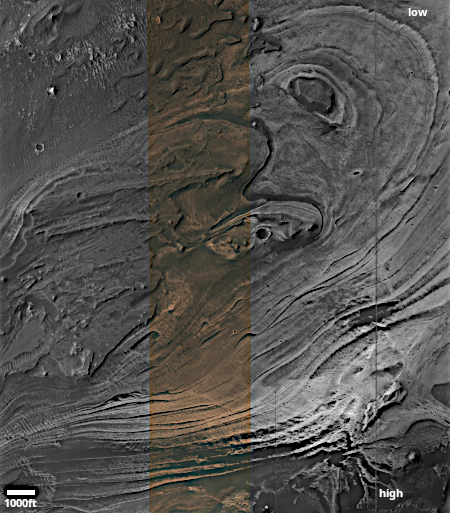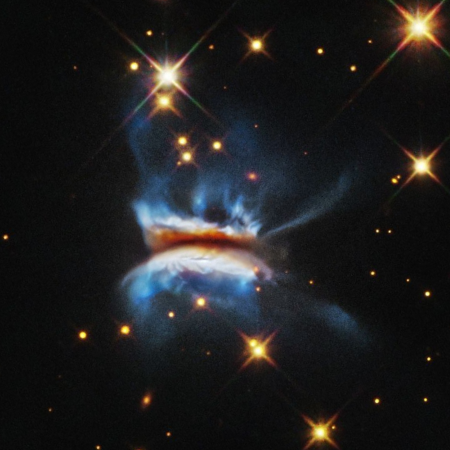China launches weather satellite
China today (December 27 in China) successfully placed a new Fengyun-4 satellite into orbit, its Long March 3B rocket lifting off from its Xinchang spaceport in southwest China.
China’s state-run press provided no information about where the rocket’s lower stages and four strap-on boosters, all using very toxic hypergolic fuels, crashed inside China. This Fengyun-4 satellite is the third in a new constellation of seven upgraded weather satellites.
The leaders in the 2025 launch race:
168 SpaceX
88 China (a new record)
18 Rocket Lab
16 Russia
SpaceX still leads the rest of the world in successful launches, 168 to 147.
China today (December 27 in China) successfully placed a new Fengyun-4 satellite into orbit, its Long March 3B rocket lifting off from its Xinchang spaceport in southwest China.
China’s state-run press provided no information about where the rocket’s lower stages and four strap-on boosters, all using very toxic hypergolic fuels, crashed inside China. This Fengyun-4 satellite is the third in a new constellation of seven upgraded weather satellites.
The leaders in the 2025 launch race:
168 SpaceX
88 China (a new record)
18 Rocket Lab
16 Russia
SpaceX still leads the rest of the world in successful launches, 168 to 147.





